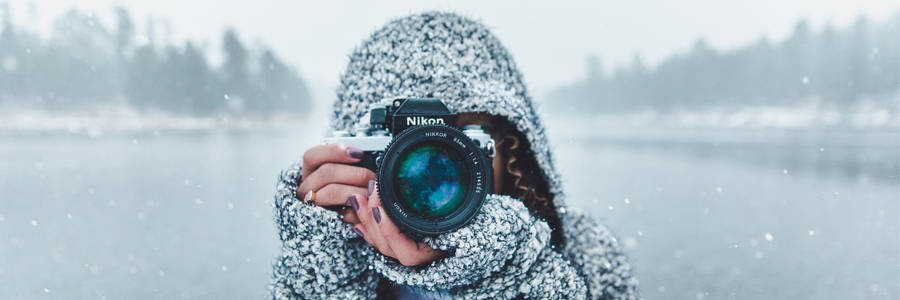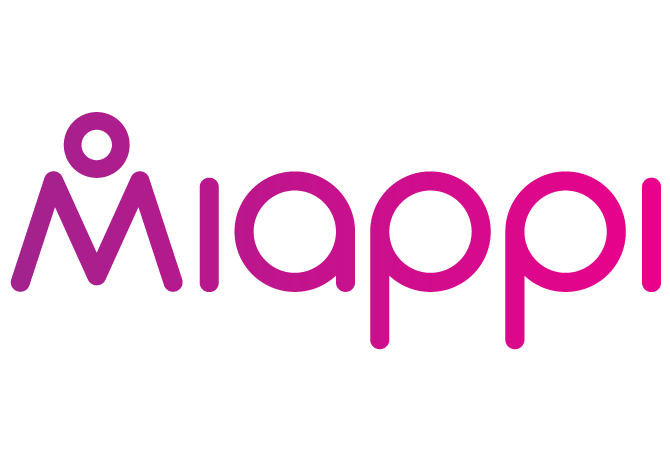User-Generated Content Campaigns have been big business for a while now, but 2018 has been the year in which they really started to shine. In fact, according to one 2018 user-generated content report:
💡 75% of people feel that UGC makes content more authentic
💡 42% of marketing professionals say that UGC is “invaluable”.
But we’re not here to convince you on the value of UGC campaigns because by now, you’re probably aware of that yourself. Instead, it’s time for us to run through twenty of the best UGC campaigns of the year. Let’s go.
20 Great User-Generated Content Examples in 2018
1. Copa90
During the 2018 FIFA World Cup, Copa90 used Snapchat to publish user-generated content in various languages from across the globe.
By allowing young sports fans to take centre stage and to show the World Cup from their perspective, Copa90’s stories were seen by 31 million unique users over 45 days.
2. Netflix
Netflix is no stranger to UGC, but here we’re talking specifically about the launch of the second season of Stranger Things. The company realised that it was receiving most of its engagement on Instagram and so they took to the platform to start regramming posts from fans and influencers.
The campaign gained them 125,000 followers in the space of two weeks by regramming posts from fans and influencers on Instagram.
3. The Voice
The hit TV show partnered with a company called Wayin to capture people’s reactions to contestants and the decisions that the judges made throughout the show. They then curated the best of these comments and aired them during the show’s live broadcast, with the #KindComments campaign running across the space of eight episodes.
4. Etihad Airways
Etihad called for people to take travel photos and picked a winner every day across a 10-day period, revealing them through their Instagram story.
When most people talk about the Instagram influencer marketing cost and how time-consuming it can be, they forget that it has a dramatic impact on your return on investment. That’s because of the three factors mentioned above, which effectively mean that you only pay once for content creation and content distribution.
Etihad decided to celebrate hitting over a million followers on Instagram by launching a photo competition that was aimed at getting those followers involved in the brand’s story.
5. The BBC
The BBC partnered with Seenit to celebrate the Royal Wedding, developing a campaign which invited fifty members of the public to Windsor Castle.
They shared their experience of the wedding through the BBC’s social media channels, creating 270 videos over three days.
6. Apple
Apple’s entry on this list comes to us via their #ShotOnIphone campaign, which was aimed at getting consumers to share their iPhone photos to highlight the quality of the company’s cameras. Apple even picked their favourites and then re-shared them from their official account.
7. GoPro
No list like this is complete without a mention for GoPro. Like Apple, they’re in the perfect place to call for UGC because they manufacture devices that take photos and videos. The company rewards creators from all over the world with cash prizes and shares a UGC photo of the day on Instagram.
8. Reebok
Reebok’s approach to UGC is interesting because they were targeting a specific target audience, which in this case consisted of CrossFit enthusiasts returning to the gym in the New Year.
Reebok asked people to take a video selfie and to share their goals for the upcoming CrossFit Open. Those videos were then entered into a gallery and people could even win clothing and footwear from Reebok.
9. The Telegraph
The Telegraph worked with Tourism Australia to ask people to share which Australian locations they’d most like to visit. Taking place on social networking sites like Twitter and Instagram as well as through The Telegraph’s website, the campaign also called for people to share their photos of the country. The newspaper then crunched the numbers, parsed the data and created an interactive map of Australia that featured some of the best submissions.
10. Spotify
Spotify has made waves over the last few years by taking its user data and using it to tell stories.
Using anonymous, non-identifiable data, the company was able to highlight some of the strangest things that people do on the site, such as creating playlists called “I’m sorry I lost your cat”.
They even used the data they gathered to create billboards.
11. Travelex
Travelex took UGC marketing to the next level by running a 12-month long campaign that tapped into seasonal trends to generate engagement. Whether they were counting down the days until summer or celebrating the spooky for Halloween, their photo contests helped them to gather huge amounts of UGC, which they then embedded into a dedicated microsite.
12. Aerie
Clothing brand Aerie knew that its customers were sick of the fashion industry’s practice of using PhotoShopped images of supermodels.
That’s why they turned to user-generated content to share untouched swimwear photos from their customers. Aerie also donated $1 to the National Eating Disorders Association for every photo that was shared.
13. Starbucks
Starbucks organized #WhiteCupContest in which they asked the company’s fans to create their own designs on the cups. The best entry would become the basis of a new range of limited-edition coffee cups that would be rolled out to stores. They received nearly 4,000 entries across a period of three weeks.
Starbucks earned plenty of recognition recently with its #WhiteCupContest,
14. Made.com
Made.com specialises in interior design products, and so it makes sense that they turned to UGC for their “made-it unboxed” gallery. Here, they collate beautiful photos of purchases from made.com, all shot by users in the hope of winning £100. Better still, the gallery also links through to each of the products to make it easier for people to make purchases.
15. Lay’s
Lay’s are iconic because of their Do Us a Flavour campaign, in which they offered up a million dollar cash prize and invited people to suggest potential new flavours for their potato chips. It won Lay’s two Shorty Awards for “Best Overall Twitter Presence” and “Best Consumer Brand”, and it also introduced a brand new flavour of crisps that consumers flocked to try.
16. CBC
CBC turned to UGC to promote its annual submission contest: #CBCFuture40. The goal of the campaign is to encourage young people in the Saskatchewan area to take part in the local community, and they did this by allowing people to submit stories and images to be featured on CBC’s social media campaigns.
17. Crispy Minis
Crispy Minis followed the tried and tested route of running a competition to encourage people to submit their user-generated content. Participants had to take a selfie and add a branded Crispy Minis frame in exchange for a chance to win a $10,000 travel voucher. They also gathered all of the UGC together on a campaign microsite.
18. Calvin Klein
Calvin Klein turned to user-generated content to win over millennials, calling for people to share photos of themselves wearing the brand’s underwear.
This might sound like a big ask, but the campaign was a huge success, in part because it also involved celebrity influencers like the Kardashians.
19. Country Walking
This publication celebrated its 30 th birthday by creating the #walk1000miles campaign, which encouraged people to spend an hour per day walking until they hit a total of 1,000 miles. The campaign was supported with a microsite that included tips, suggested routes and a wall of user-generated content. It’s no wonder that it won an award for Best Use of Social Media.
20. TVNZ
This campaign revolved around a 40 Hour Famine challenge, in which TVNZ partnered with World Vision to raise awareness of their charitable work. They called for supporters to share photos of themselves to join a digital chain, and the best of the content was aired live on TV.
What’s Next?
UGC has always been popular, and it will continue to be so in the coming months. That’s why if you’re not using user-generated content already, it’s about time that you get started.
One thing that each of these brands has in common is that they took the UGC that was created and then displayed it elsewhere, from using it on marketing materials to embedding it on websites.
User-generated content is great, but taking that UGC and amplifying it is even better. That’s where we come in. Here at Miappi, we specialise in helping you to make the most of your UGC by displaying it where it can be most effective. Get in touch with us to find out more.
Research source: https://www.tintup.com/blog/9-things-learned-2018-user-generated-content-report/




